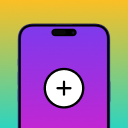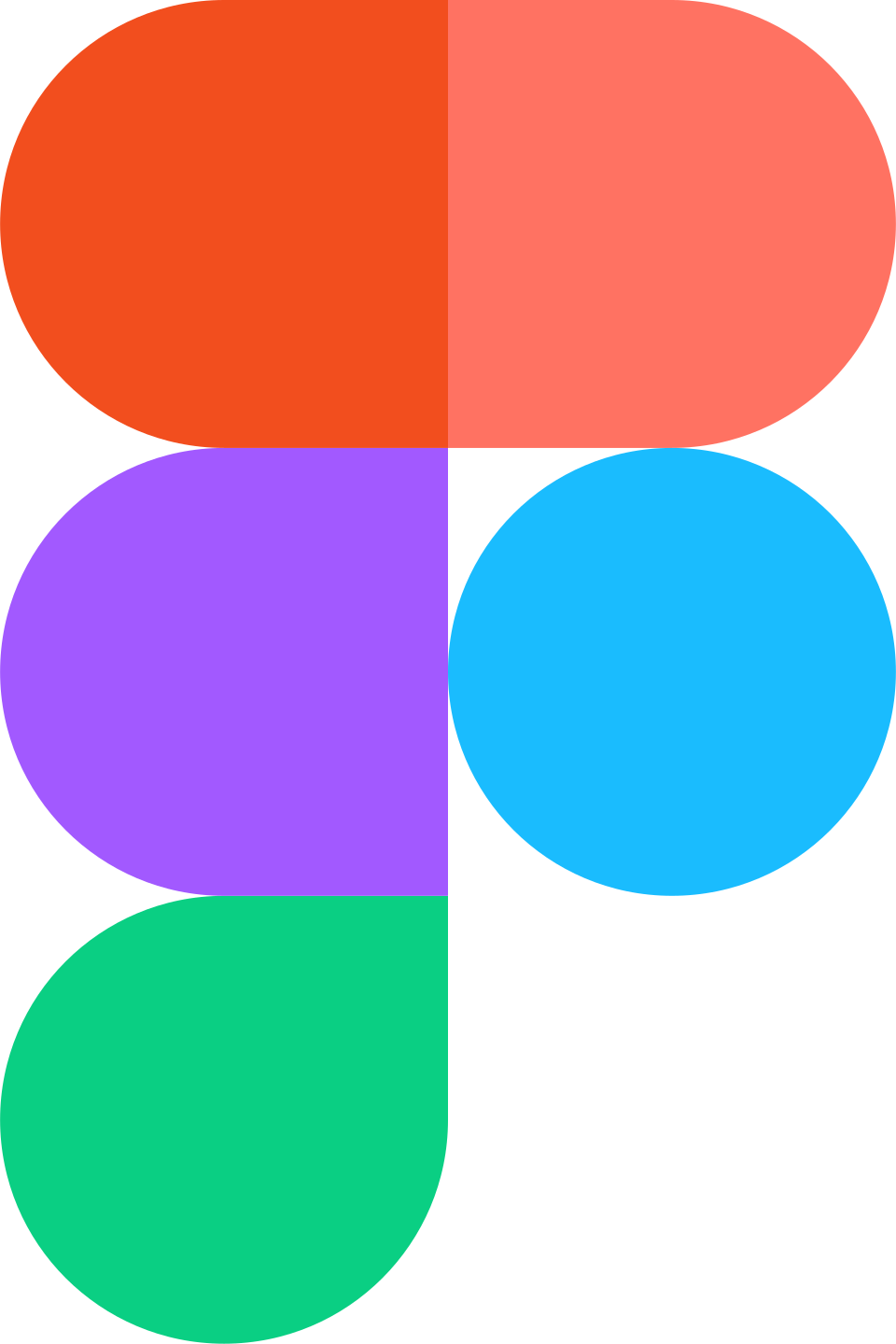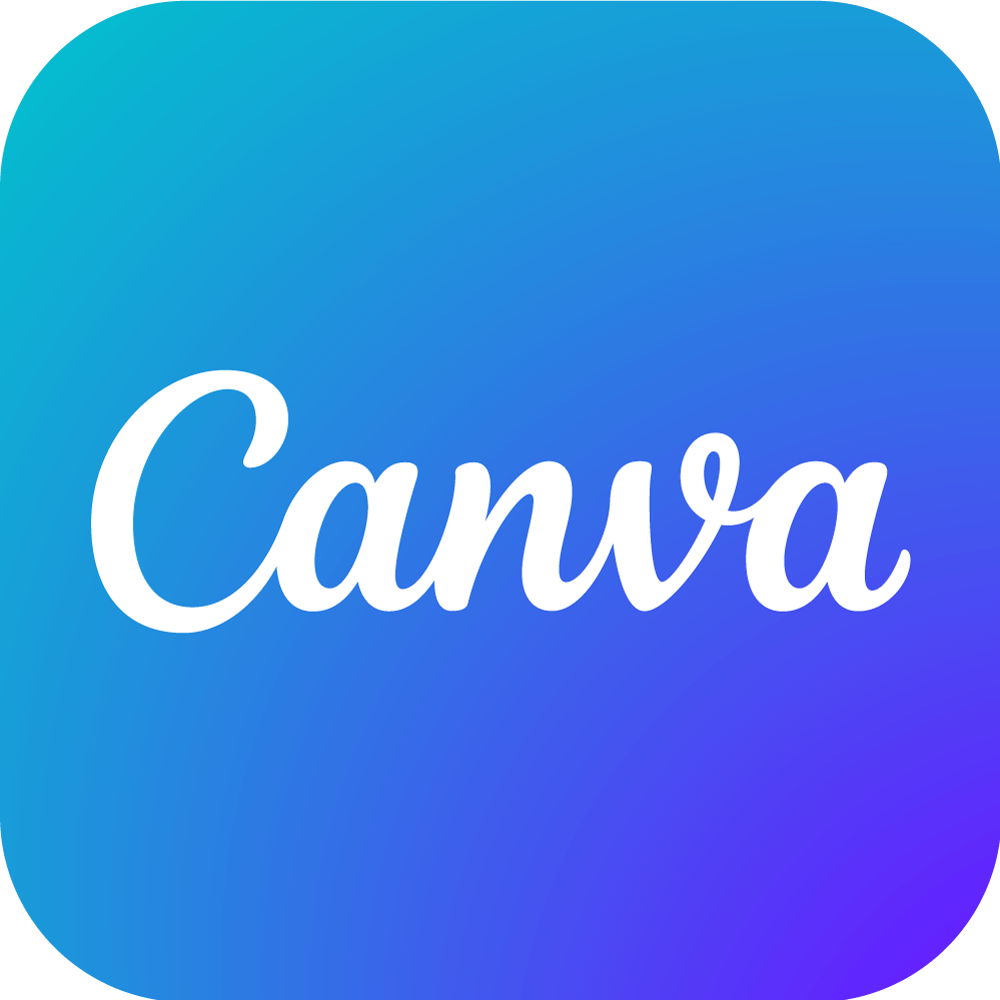.png)
case study:
mobile app creation
SCHEDGE
A UI UX case study about teenage independence and parental sanity.
.png)
Introduction:
OVERVIEW
MY ROLE
As the sole UX/UI designer, I led the end-to-end process including:
-
User research & interviews
-
Persona creation & user journey mapping
-
Problem framing & ideation
-
Low-fidelity wireframes
-
High-fidelity design & interactive Figma prototypes
-
Usability testing & iterative refinement
Project duration:
6 weeks
(Part of Google UX Design Certificate Course)
Software & Tools Used for Schedge:
-
Unsplash – For sourcing free, high-quality images for hero sections and moodboards
-
iMockup – For quick, interactive wireframe sketches
-
Skew Skew – For skewed/angled UI elements and creative visual layouts
-
Figma – For low-fi wireframing, high-fi prototyping, and design system components
-
Coolors – For color palette generation and accessibility testing
-
Canva – For marketing visuals, quick mockups, and social sharing graphics
-
Google Docs/Sheets – For user research notes, journey maps, and task management







THE PROBLEM

The Problem Started at 6 PM
Mal's phone buzzed. A text from Riley: "Hey mom, Sarah's staying over tonight, hope that's okay. Will you pick up snacks?"
Mal had no idea there was a sleepover planned and now she'll postpone her and her husband's monthly date-night... again.
If you have teenagers, you know this feeling. You want them to have freedom, but you also need to know where they are. Traditional family calendars don't work. Teens ignore them. Group chats turn into arguments. Everyone ends up frustrated.
That 6 PM text made Mal realize her family needed something different.

THE GOAL
Design a shared scheduling app that simplifies communication between parents and teens, encourages consistent updates, and helps families stay in sync with minimal effort.
The solution couldn't feel like surveillance to teens or leave parents in the dark.
Key principles:
-
Teens control their own schedules
-
Parents get the information they need
-
Nobody has to ask for basic details
-
Simple enough to actually use
The Final Product
Things Learned, Skills Gained, and Next Steps
Through this project, I deepened my understanding of user-centered design by mapping the real-life pain points of parents and teens like Mal and Riley into meaningful, actionable features. I honed my skills in low-fidelity wireframing, iterative prototyping, and balancing aesthetics with functionality.
Going forward, I plan to refine the prototype by adding features like a "quick add" option to reduce scheduling friction and event syncing with school or team calendars. These were key opportunities uncovered in user research that will make Schedge feel seamless and genuinely helpful for families.
My goal is to make Schedge a no-fuss, low-effort tool that truly fits into real family routines—turning “Did you even tell me?!” moments into calm, connected days.